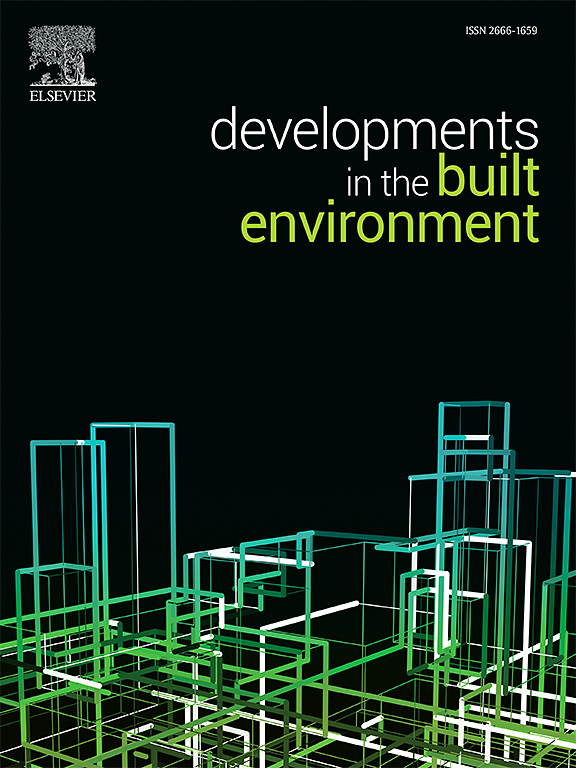面向未来的分布式能源基础设施弹性
IF 6.2
2区 工程技术
Q1 CONSTRUCTION & BUILDING TECHNOLOGY
引用次数: 0
摘要
气候变化正在加剧极端天气事件,通过更频繁的停电、更高的维护成本和更高的安全风险,增加了电力基础设施的压力。与此同时,对化石燃料发电的持续依赖导致排放,进一步加速了对气候的影响。本研究评估了分布式能源的经济、环境和弹性效益,重点关注与电池储能系统配对的太阳能光伏系统。评估了两种部署策略:针对易中断区域的目标方法和大规模社区采用模型。Latin Hypercube Sampling用于模拟基于电力需求、日光、电池容量和PV大小的场景。结果表明,40% - 60%的DER采用率可产生最高的净效益,减少停机时间和排放。7-10千瓦的光伏系统配备20-40千瓦时的电池,通常可确保24小时的备用电源。研究结果强调了战略性DER规划对弹性低碳能源未来的价值。本文章由计算机程序翻译,如有差异,请以英文原文为准。
Future-proofing energy infrastructure resilience with distributed energy resources
Climate change is intensifying extreme weather events, increasing stress on power infrastructure through more frequent outages, higher maintenance costs, and elevated safety risks. Simultaneously, continued dependence on fossil fuel-based electricity generation contributes to emissions that further accelerate climate impacts. This study assesses the economic, environmental, and resilience benefits of Distributed Energy Resources, focusing on solar photovoltaic systems paired with battery energy storage systems. Two deployment strategies are evaluated: a targeted approach for outage-prone areas and a wide-scale community adoption model. Latin Hypercube Sampling was used to simulate scenarios based on power demand, daylight, battery capacity, and PV size. Results show that 40 %–60 % DER adoption yields the highest net benefits, reducing outage durations and emissions. A 7–10 kW PV system with a 20–40 kWh battery typically ensures 24 h of backup power. The findings underscore the value of strategic DER planning for a resilient, low-carbon energy future.
求助全文
通过发布文献求助,成功后即可免费获取论文全文。
去求助
来源期刊

Developments in the Built Environment
Multiple-
CiteScore
7.40
自引率
1.20%
发文量
31
审稿时长
22 days
期刊介绍:
Developments in the Built Environment (DIBE) is a recently established peer-reviewed gold open access journal, ensuring that all accepted articles are permanently and freely accessible. Focused on civil engineering and the built environment, DIBE publishes original papers and short communications. Encompassing topics such as construction materials and building sustainability, the journal adopts a holistic approach with the aim of benefiting the community.
 求助内容:
求助内容: 应助结果提醒方式:
应助结果提醒方式:


